The Vanishing Hitchhiker Legend Is an Ancient Tale That Keeps Evolving
The classic creepy story—a driver offers a lift to a stranger who is not of this world—has deep roots and a long reach.
Drive through the Chicago suburb of Willow Springs late at night and local lore says you might see a forlorn young woman in a white dress on the side of the road. If you take pity and ask if she needs a ride, she’ll quietly accept. She’s soft-spoken and won’t say much, save that she’s headed your way. Then, a couple miles down the road, she’ll ask you to let her out—just as you pass the gates of the Resurrection Catholic Cemetery. You may well turn around, confused, to ask if this really is her stop, only to find that she’s vanished.
Many Midwesterners likely know a version of this story; “Resurrection Mary” is one of the region’s most famous and enduring ghosts. But Mary is just one of the dozens of “vanishing hitchhikers” who supposedly haunt roads across the United States—and beyond. There’s the hitchhiking Los Angeles woman in white who asks to get out at a cemetery and then vanishes. Or the cackling flannel-clad redhead with hollow eyes who hitches in rural Massachusetts but vanishes in the backseat. Or the man looking for a lift on a lonely stretch of South Carolina road, only to vanish when the car passes the site of a ’50s prop plane crash.
Vanishing hitchhiker legends are so ubiquitous that there’s an entire subfield of folklore research, going back more than 80 years, dedicated to tracking and unpacking them. What’s more, these tales are likely modern incarnations of much, much older legends. And they continue to spread and evolve.


Accounts of Resurrection Mary and a handful of other vanishing hitchhikers started making the rounds in the 1930s. There was no compendium of these legends at the time, so as folklorists encountered one version, they treated it as a unique local tale, perhaps one born of the memory of a nasty early auto accident and anxieties about the proliferation of automobiles.
Then, Richard K. Beardsley and Rosalie Hankey, students at the University of California, Berkeley, went digging. The pair searched for records of any car accident that could have inspired the version they’d heard. They came up empty—but they did discover similar yet distinctly local tales throughout the state. One of the people they interviewed, a businessman based in San Francisco, mentioned hearing of other versions in Chicago and Salt Lake City.
Beardsley and Hankey reached out to contacts nationwide, and within two months they had a collection of nearly 80 distinct tales, from New York to Hawaii. They never found a clear Ur-story, the version from which all others evolved. But their research, published in 1942 in the inaugural issue of the journal California Folklore Quarterly, uncovered several curious aspects of the legend—and coined the term “the vanishing hitchhiker.”

While each version of the story was hyperlocal, naming specific area roads, dance halls, and other landmarks, overall they could be broken into four broad categories: a hitchhiker who simply vanishes enroute to a given address; a young woman picked up at a social event who leaves behind a token, such as a coat or shawl; a wayfarer who predicts disaster before disappearing; or, unique to Hawaii, a hitcher turns out to be the goddess Pele, who goes on to reward people who offered her aid and punish those who ignored her.
The two students also found parallels with much older European lore, including stories about spirits of those who died unexpectedly and were trying to make their way home. Almost by accident, Beardsley and Hankey had conducted the first systematic study of a modern legend.
Their initial findings tantalized other scholars, who saw how documenting the “vanishing hitchhiker” could serve as a case study for a new approach to understanding how folktales evolve. The renowned folklorist Louis C. Jones became convinced that “if we could fathom the total history of this one story, its origins, its periods of quiescence and activity, its borrowings and lendings, its mutations and constants, its sensitivities to world events… we would have the answer to many of the riddles of our folk culture.”
In 1944, Jones confirmed the connection between vanishing hitchhikers and older European ghost lore, tracing them to stories of “ghost riders” brought to the U.S. by 19th-century immigrants. In these tales, spectral women leaped onto men’s horses as they rode to parties and then disappeared as they arrived. Binghamton University* folklorist Elizabeth Tucker adds that those early tales have since been traced back to medieval legends about wandering, vanishing saints, which may in turn echo ancient Roman tales of ghosts dispensing wisdom on roadways.
While road names and other details vary, every legend in this lineage taps into an underlying concept: the liminality of roads. It’s easy to feel not just that we’re moving from point A to B, Tucker says, but maybe also between worlds, encountering unfamiliar and unexpected sights and strangers. Vanishing hitchhiker legends simply update this concept to reflect car-dominated roads—and the uniquely unnerving feeling of driving alone at night on empty roads.
“Driving at night can be quite spooky,” says Hayley Stevens, who investigates paranormal phenomena from a science-based perspective. “A smaller field of vision… not knowing who is around … feeling tired towards the end of the day. [These are] all ingredients for a scenario in which something quite ordinary could be interpreted as something terrifying.”

The legend evolves not only to reflect changes in how we travel, but to adapt to new cultures and concerns. In the ‘50s, Utah folklorist William A. Wilson recorded tales of prophetic hitchhikers who urged Mormon drivers to participate in a Church-backed food stockpiling program. And in the American South, the otherworldly hitchers took on characteristics of La Llorona, the famous weeping ghost of Mexican folklore.
These stories—like all ghost lore—convey a subtle morality lesson, say the folklorists who study them. But the moral of vanishing hitchhiker legends also seems to shift as it spreads across time and cultures. Many Hawaiian versions emphasize the importance of aiding those in need, for example. But that flannel-clad man in rural Massachusetts, who sits cackling behind the driver, growing louder and more maniacal until he vanishes, reminds listeners of the dangers of trusting strangers too easily.
Researchers have found that ghost lore seems to endure when it’s connected to something familiar and concrete: a known figure or landmark, a verifiable tragedy or death. A story about a particular stretch of road, for instance, invites people to recount, embellish, and thus perpetuate it whenever they hit that treacherous turn. And while it’s often hard to verify the alleged death referenced in a hitchhiker tale, car crashes and other accidents are not that uncommon. Being able to find at least a plausible connection to one of those real-life tragedies—a young woman who died in circumstances similar to those of Resurrection Mary, for example—makes the legend seem more authentic.
But the most fascinating aspect of the vanishing hitchhiker for many researchers is its truly global adaptability. In the mid-1950s, on the heels of the Korean War, a variant of the tale appeared in South Korea, which did not have a strong car culture at the time. Soon after, versions popped up in East Africa, which had little cultural connection to the urban legends of the U.S. In the 21st century, folklorists have documented the legend popping up in Romania, China, northeastern India, and even relatively isolated Bhutan.
While the globalization of American pop culture may explain some of the legend’s international spread, it tends to find purchase only in cultures that already have some tradition of ghost lore. The legend also typically takes hold in a society going through a period of social change and uncertainty. Folklorist Margaret Lyngdoh of Estonia’s University of Tartu found that the vanishing hitchhiker tale spread in the Indian city of Shillong alongside rapid urbanization. There, she says, highways and traffic became focal points for broad anxieties about changes in social structures, cultural norms, and senses of safety—just as they were in 1930s America. There’s one difference, however: Shillong has no history of hitchhiking, so the legend evolved there to be about cab drivers picking up supernatural passengers.
In 2021, professional skeptic Deborah Hyde wrote that vanishing hitchhikers might be on the decline. Hitchhiking is far less common than it once was. Safer roads and vehicles, and greater connectivity, have made driving at night less of a journey into the liminal. Some folklorists haven’t identified new iterations of the old legends for years, at least in the U.S. But there’s another reason the legend may be fading here: It’s simply too well known.

Since the 1940s, the vanishing hitchhiker legend has turned up in radio plays, TV shows—including its own Twilight Zone episode—indie horror movies, reality shows, and even video games. The motif’s ubiquity makes the actual stories, even when told over a campfire or whispered on a late-night road trip, seem contrived.
However, some folklorists, including Lyngdoh and Tucker, believe the legend is far too flexible to fade away. Even in the U.S., where the vanishing hitchhiker is almost a cliche, Tucker believes there’s still deep fascination with eerie, empty roads and the supposed potential for paranormal encounters on them. There’s also a hunger for frameworks to contextualize unnerving experiences that many of us have had. And there’s more willingness to talk openly about those experiences. In fact, Tucker says she’s noticed fewer secondhand and more purported firsthand accounts of roadside ghost encounters recently—though they’re often just about specters standing on the shoulder of a highway and then vanishing, rather than picking up any young women in white.
Tucker adds that these newer stories can be found on social media and YouTube rather than in a local newspaper or bar chatter. As we live more and more online, our ghosts do, too.
*Correction: This article previously described Elizabeth Tucker as a folklorist at the University of Birmingham. She is a folklorist at Binghamton University.
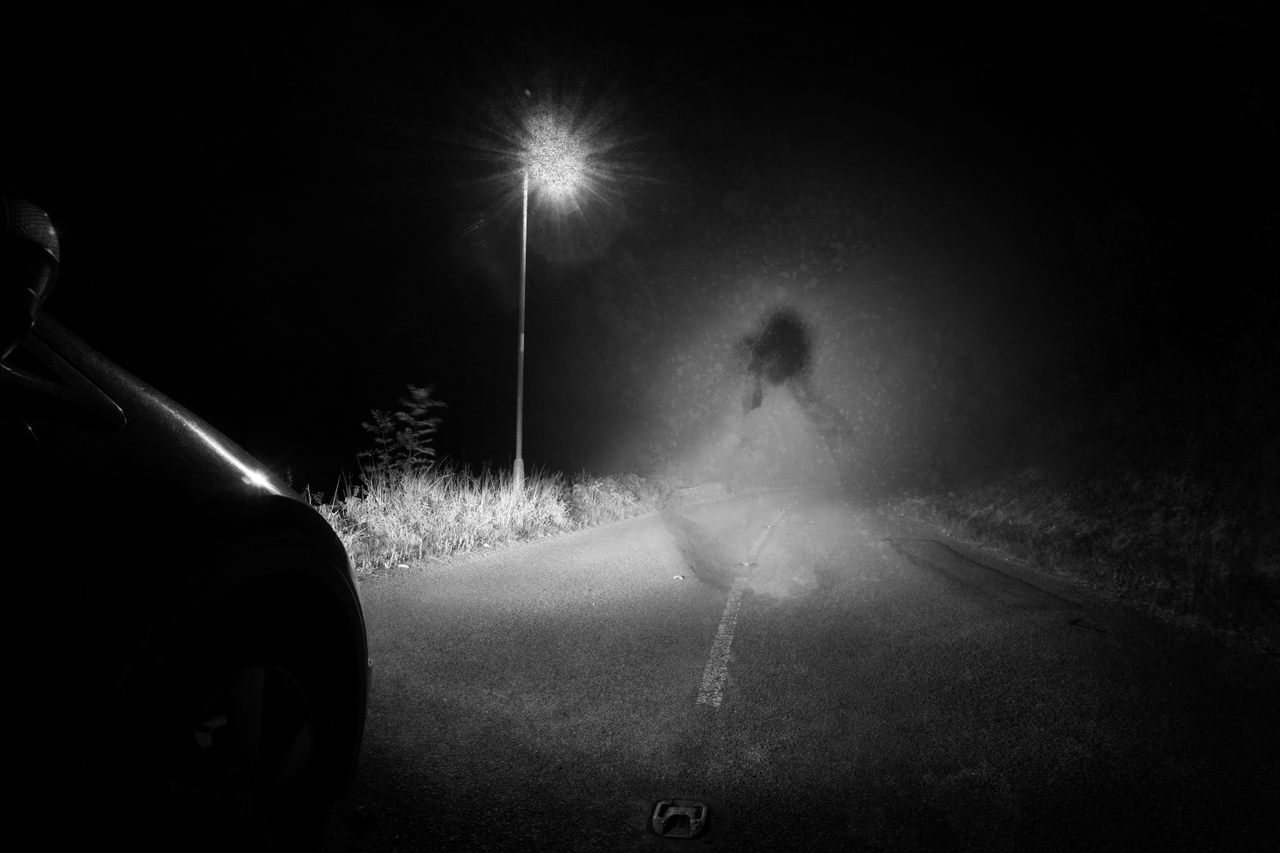



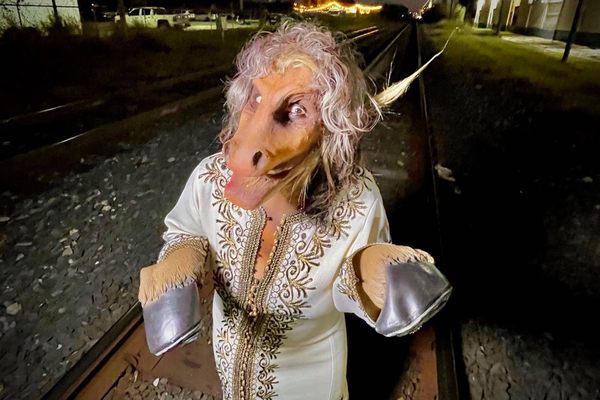
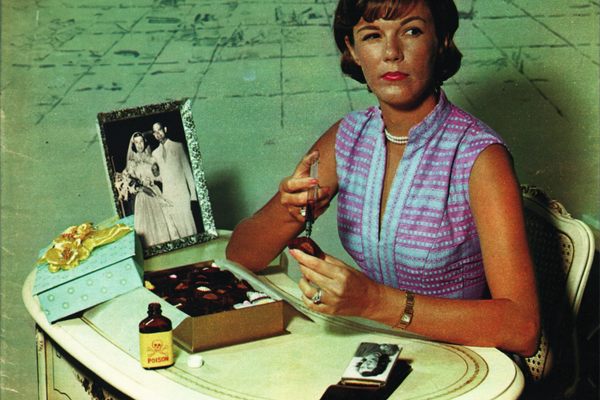
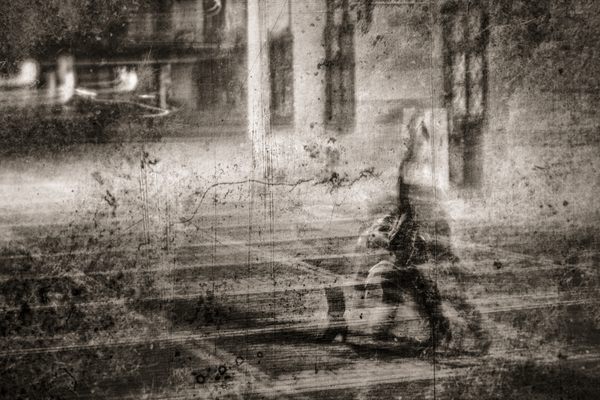











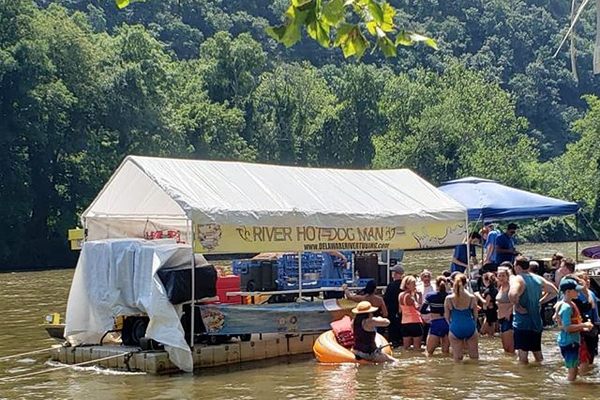












Follow us on Twitter to get the latest on the world's hidden wonders.
Like us on Facebook to get the latest on the world's hidden wonders.
Follow us on Twitter Like us on Facebook